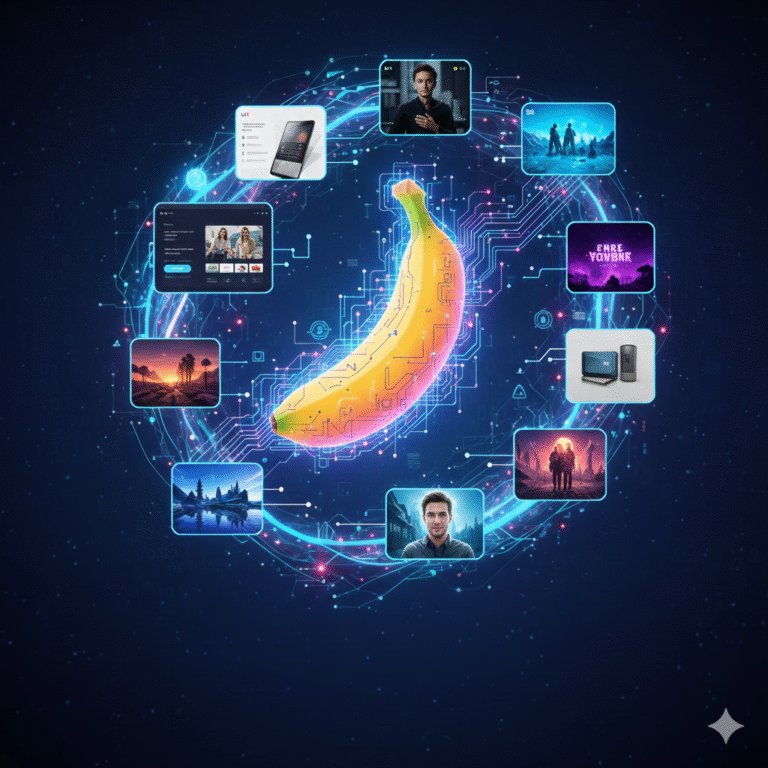
Social media platforms evolve rapidly, and YouTube is no exception. In its latest experiment, YouTube is testing a swipe gesture feature in full screen mode. This change aims to enhance user engagement, but it also risks alienating users who value simplicity and control. Let’s explore this feature, its potential impact, and the challenges it presents.
The New Swipe Gesture Explained
Currently, swiping up in YouTube’s mobile app enters fullscreen mode, while swiping down exits it. In fullscreen, users scroll up to view suggested videos. The proposed update replaces these gestures with a TikTok-inspired system. Swiping up will take users directly to the next video, and swiping down will switch to the previous video rather than exiting fullscreen mode. The intent is clear: YouTube wants to increase engagement by encouraging users to swipe through an endless stream of videos.
The Goal Behind the Change
This functionality supports YouTube’s goal of increasing user engagement and retaining viewers on the platform for extended periods. The primary motivations for implementing this update include:
- Boosting Engagement: Endless scrolling has proven effective on platforms like TikTok and Instagram. By adopting this approach, YouTube hopes to capture users’ attention for extended periods.
- Facilitating Content Discovery: The swipe gestures make it easier to explore new videos without exiting fullscreen mode. This smooth browsing experience could lead users to watch more content.
- Staying Competitive: Short-form platforms like TikTok dominate the market with swipe-based navigation. YouTube’s move to integrate this behavior may help it stay relevant.
Challenges of Applying Swipe Gestures to Long-Form Videos
Adapting this feature for long-form videos is not without complications. Unlike Shorts, where quick browsing is the norm, long-form content demands a different level of attention and control.
1. Disrupting Viewer Intent
Users approach long-form videos with specific expectations. They often watch these videos deliberately, focusing on the content rather than jumping to the next suggestion. The swipe-up gesture might disrupt this experience. Accidental swipes could lead to frustration as viewers lose their place or miss critical parts of a video.
2. Confusing Gesture Functionality
Swiping down has long been the default gesture to exit fullscreen mode. Replacing it with a command to switch videos could confuse users. Many viewers rely on familiar navigation patterns, and sudden changes may feel jarring.
3. Risk of Overwhelming Users
Endless scrolling can lead to user fatigue. While this approach works for casual browsing, it might feel excessive for users who prefer a focused experience. Overloading users with constant video suggestions could reduce satisfaction.
4. Inconsistent Experiences Across Devices
YouTube is accessible across a variety of devices and platforms. If the swipe gesture feature isn’t implemented consistently across all of them, users may experience irregular behavior when transitioning between devices, potentially discouraging widespread use.
How YouTube Can Address These Issues
To make the feature more user-friendly, YouTube must address potential pitfalls. Here are some strategies:
1. Educating Users
YouTube should introduce the feature with clear explanations. Tutorials or prompts can help users understand the new gestures and adjust their behavior accordingly.
2. Providing Options
Allowing users to customize their gesture preferences could reduce resistance. A toggle to switch between the traditional gestures and the new system would cater to diverse user needs.
3. Implementing Gradual Rollouts
A phased rollout can help YouTube gather feedback and refine the feature. Testing with a subset of users ensures the platform can address concerns before a broader launch.
4. Tailoring the Experience
YouTube could apply the feature selectively. For example, the swipe gestures might work best for Shorts and curated playlists. For standalone long-form videos, retaining the current behavior might make more sense.
Balancing Innovation and Usability
YouTube’s experimentation with swipe gestures is an attempt to innovate and engage users. However, it must balance this ambition with user expectations. If the feature disrupts the experience or creates confusion, it could face backlash. On the other hand, thoughtful implementation and user-centric design could make it a valuable addition to the platform.
The success of this feature depends on user feedback and YouTube’s ability to adapt. Whether it becomes a permanent fixture or fades into obscurity will reveal much about the platform’s commitment to its audience. For now, all eyes are on YouTube as it navigates this bold move.
Read Also:
Unlocking the Secret Language of Plants: A Groundbreaking AI Model Revolutionizes Plant Science
Source: YouTube experiments with new way to browse videos in fullscreen












+ There are no comments
Add yours